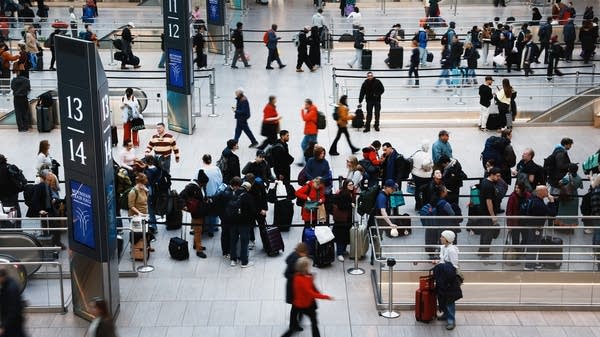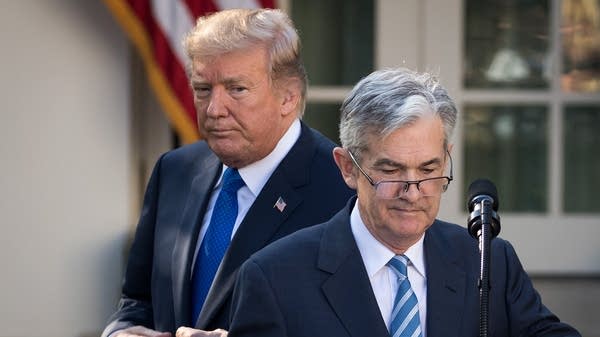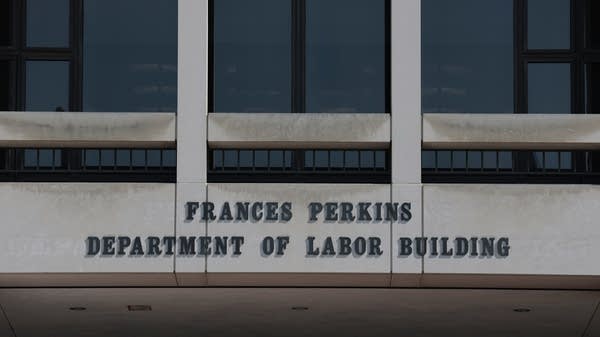Why banks still have branches — and why some are motivated to add more
Bank of America just announced that it would open 150 new branches across the country.

Bank of America announced this week that it’s opening 150 new brick-and-mortar locations. The bank has invested over $5 billion in its branches — what it calls “financial centers” — since 2016. Just four of those will be in a new market: Boise, Idaho.
So, at a time of direct deposit and mobile wallet payments, why put money into banking in person?
About three years ago, the Federal Reserve started raising interest rates from near zero. That meant banks were paying more interest on things like market money accounts and CDs. As for checking accounts? Banks usually pay little or no interest on those.
That made banks want more of them, said Maryville University finance professor Jaime Peters.
“And I may be willing to spend a little money on a branch so that I attract your checking account,” she said.
The physical branch is key to attracting those checking accounts, because Peters said that though a lot of banking is done digitally, people may still want to easily bank in person.
“Because if there is a problem, if you're having a problem accessing your money, the very first thing you want to do is see a human,” Peters said.
A physical location also helps a bank stand out.
One way a bank can differentiate itself is on price, Wharton marketing professor Barbara Kahn said; another is to offer a better customer experience.
“The idea that you're dealing face-to-face with the person could take the pain out of applying for a loan,” she said.
Also, Kahn says banking IRL provides employees with more opportunities to learn about their customers and to upsell them on more of their products.













